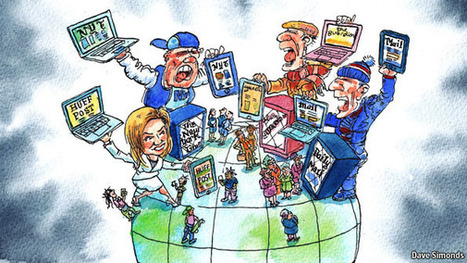... “We don’t actually believe there is such a thing as digital video. It’s all just TV,” said Jon Heller, co-founder and co-CEO of FreeWheel, which works with companies to monetize content within the new media space. “No one buys kitchen television, in terms of advertising, the same way that they don’t buy living room television or bedroom television. It is all just TV.” The difference, he says, is that the audience now has more choices about when and where they watch, and the television industry needs to figure out how to deal with that diffusion.
One unanticipated side effect of this greater availability, according to the seventh annual Deloitte State of the Media Democracy survey, released earlier this year, is that the availability of more ways to watch content–like laptops, tablets and other mobile devices–may be growing the amount of television watched overall, instead of simply replacing one form with another.
“Our conclusion is, the individuals using tablets and smartphones tend to be much heavier media consumers across the board, and in particular tend to be heavier users of digital applications, such as streaming and downloading, even if they’re not using their tablet to do that,” Deloitte vice chairman and U.S. Media and Entertainment sector leader Gerald Belson told Wired....



 Your new post is loading...
Your new post is loading...









Rethinking whether the Internet bad for television. Maybe not: Evidence suggests that the web makes people watch more television, and get more engaged with TV advertising.